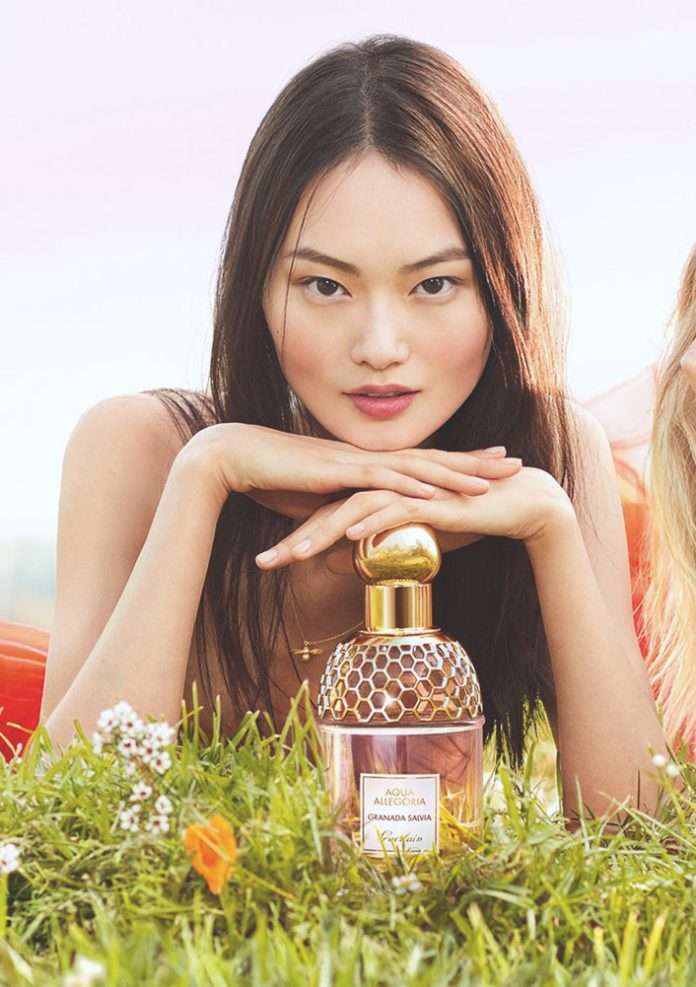In order to meet the demands of eco-conscious consumers, luxury perfume brands are working to make sustainable fragrances a reality.
From flirty, floral notes of rose and jasmine to the edible gourmand aromas of vanilla, berries, and chocolate, luxury perfume brands sure know how to craft a signature scent — and people sure do like to buy them. The global fragrance market reached a value of $33.5 billion in 2021 and is expected to hit $47.6 billion by 2027. Put simply: consumers love luxury fragrances.
Fragrances have evolved since their earlier applications as oil-based salves in ancient Egypt. The industry is fueled by consumers’ need for sensorial pleasures and self-expression. With millennials and Gen Z consumers holding the largest share of the purchasing power and the rise of Sephora-obsessed Gen Alpha, perfume brands are paying especially close attention. At the top of the younger generations’ list of shopping preferences? Sustainability.
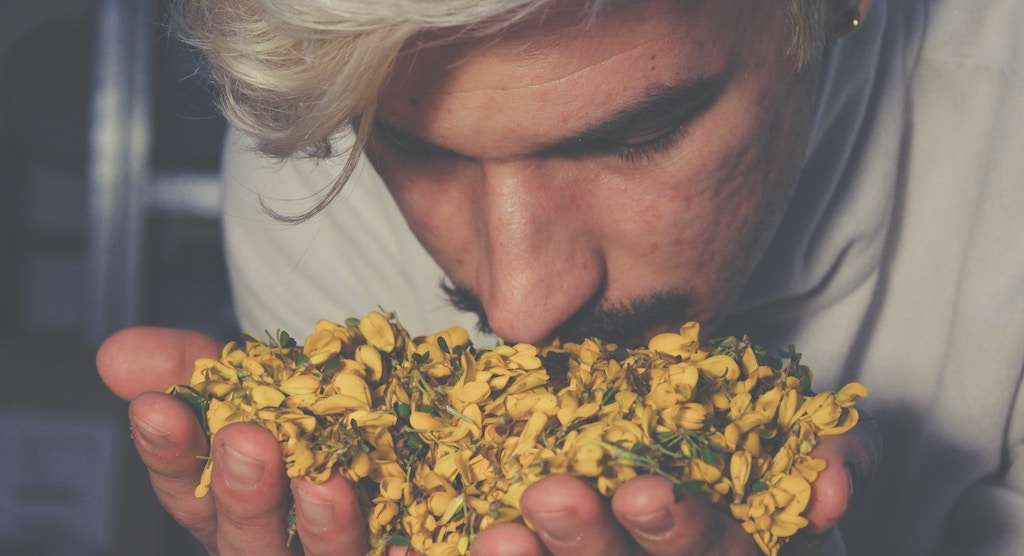
According to a 2021 study by consulting firm Simon-Kucher & Partners, 85 percent of shoppers, primarily millennials, have shifted their behavior to prioritize environmental consciousness. Seventy-three percent of Gen Z consumers are willing to pay ten percent more for eco-friendly products.
Perfume brands embrace sustainability
In order to meet the ever-changing consumer trends, the world of perfumery is churning out scents touting sustainable terms like “organic” and “natural.” In 2022, Ralph Lauren celebrated Earth Month with the release of its newest fragrance, Polo Earth. Rooted in nature, the gender-neutral scent puts sustainability front and center. Featuring seven responsibly sourced ingredients, including green mandarin, sage heart, and diva lavender, the fragrance was formulated using plant-based alcohol and is free from the likes of artificial preservatives, colorants, sulfates, and phthalates.
The refillable bottle is made with 20 percent post-consumer recycled glass and is topped with an FSC-certified wood cap and label. The carton, which is also FSC-certified, contains 55 percent post-consumer recycled materials and is void of the customary cellophane wrapping.
“Polo Earth is the latest iteration of the revolutionary work we are doing within the sustainability arena and is only the start of where we can go when it comes to creating consciously designed fragrances,” David Lauren, the brand’s chief branding and innovation officer, said in a press release.
Last March, Guerlain, one of the oldest perfumers, debuted its latest collection, Aqua Allegoria. The fragrance is also packaged in refillable bottles made of post-consumer recycled glass — the production of which produces 60 percent fewer carbon emissions than their non-refillable counterparts. And the perfume is made with organic alcohol made from beetroot.
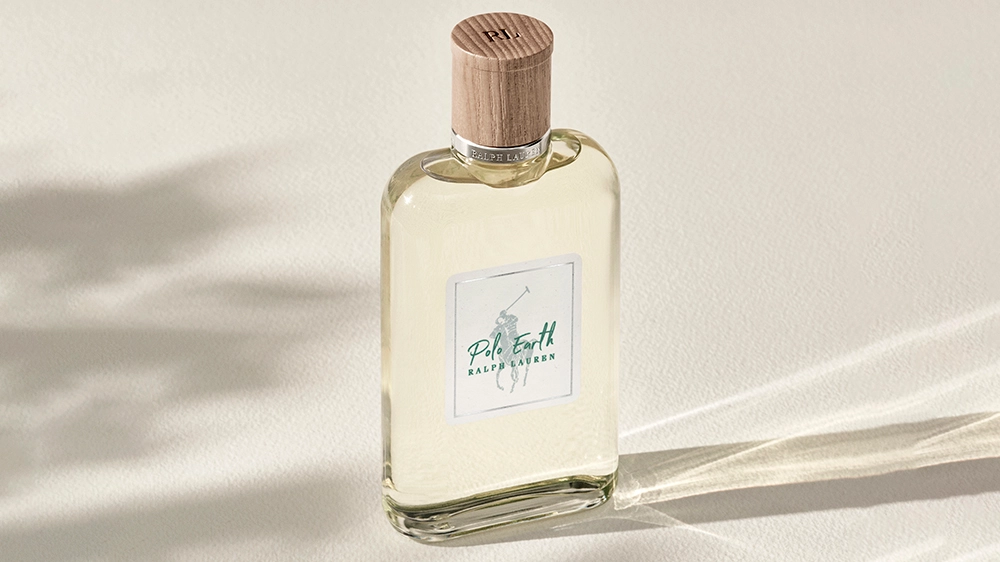
To celebrate the 100th anniversary of its N°5 Eau de Parfum, Chanel released a new version of its iconic perfume. The fragrance is contained in bottles made of recycled glass and packaging made of biodegradable paper.
Kering Beauté’s recent acquisition of Creed is also built on a sustainability ethos, with responsibly sourced raw materials and formulations free from common fragrance toxins.
Granted, one sustainable collection doesn’t mitigate the impacts of luxe brands’ myriad of other unsustainable products. They must promote environmental stewardship across their entire operations and supply chains — reducing energy usage, pollutive emissions, and waste, among other considerations. In fostering sustainability’s three primary pillars, the economy, the environment, and society, brands must also incorporate more stringent ethical practices that benefit people and ecosystems.
What makes a sustainable scent?
Many factors go into making a truly sustainable scent. Is the perfume cruelty-free? Was it ethically made? Is its packaging plastic-free? Are the ingredients natural and sustainably sourced? The answer to the latter query is nuanced at best. Take Chanel’s N°5 Eau de Parfum, for example. The perfume’s top three ingredients are alcohol, water, and fragrance. Also known as ethanol, alcohol is found in most perfumes and is used to diffuse and merge ingredients. But it’s toxic for people and the planet. It’s listed in a 1991 study by the Environmental Protection Agency outlining ten toxic ingredients commonly found in perfumes and colognes.
Also on the list are acetone, benzaldehyde, benzyl acetate, camphor, ethyl acetate, and methylene chloride, benzyl alcohol, limonene, and linalool. The latter three ingredients are also found in N°5 Eau de Parfum.
The term “fragrance” is also ambiguous. As the FDA defines a fragrance — which can be derived from either petroleum or raw materials — as “a combination of chemicals that gives each perfume or cologne (including those used in other products) its distinct scent.” However, under U.S. regulations, fragrance ingredients do not have to be listed on labels.
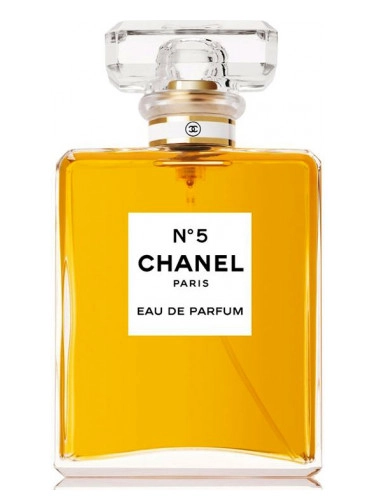
The volatile organic compounds found in perfumes contribute to ozone pollution. According to the National Oceanic and Atmospheric Administration, scented goods like perfumes emit the same amount of chemical vapors as petroleum from cars.
There’s also the issue of glass bottles. The heavier the glass, the more raw materials, such as sand and limestone, must be extracted from the earth to make them, and the greater the carbon emissions are from producing and transporting them.
“The fragrance industry has this habit of putting a lot of glass to make a product look luxurious and beautiful, but if we’re really serious about wanting to minimize the environmental impact, it should be as light as possible without breaking,” Alex Choueiri, global president of Ralph Lauren Fragrances, said in a release.
Many perfume suppliers have transitioned to using recycled glass. Manufacturers are also producing lighter glass bottles. In 2019, Italian glassmaker Bormioli Luigi debuted a range of ultra-light glass bottles, called EcoLine, to minimize the environmental impacts of perfume containers.
What’s next for sustainable fragrances?
There are already many sustainable, non-toxic perfume brands on the market, such as The 7 Virtues, which uses organic sugar cane alcohol to make its vegan and cruelty-free scents.
Perfumes are also going circular. Similar to the fast fashion industry, fast fragrance brands are slowing down. Many brands are now churning out upcycled fragrances, which feature notes derived from discarded natural ingredients like rose petals and wood pulp. These greatly lower the environmental impact of production — minimizing waste, saving vital water and land resources, and reducing the need to harvest new materials.
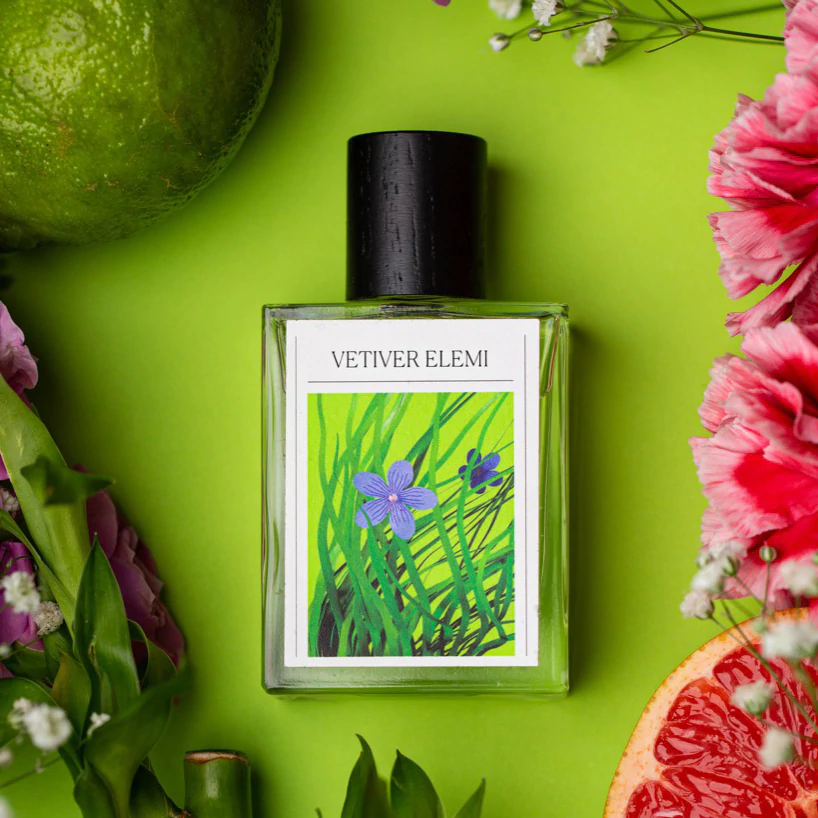
In 2018, the controversial French perfume brand État Libre d’Orange debuted the first luxury fragrance created by upcycling. Called “I am Trash,” the unisex fruity, floral, and woody blend is made from discarded apples from the food industry, as well as upcycled sandalwood chips and rose petals.
“Upcycling is progressive — there is simply no future without reprocessing our trash,” the company’s founder, Etienne de Swardt, told Elle. “There’s also something poetic about connecting beauty with waste.”
Related on Ethos:

